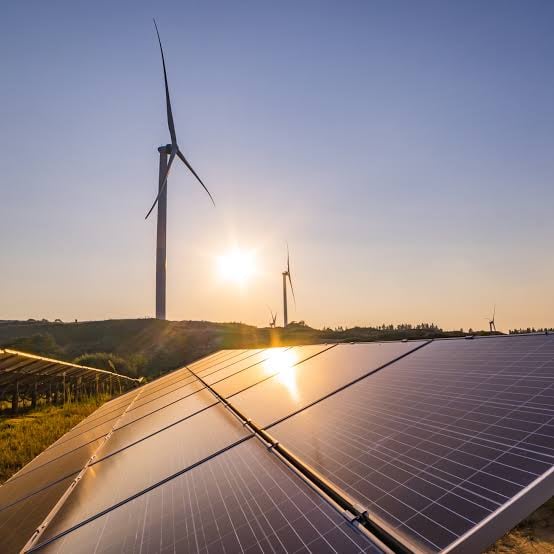Spain and Germany Lead Renewable Energy Charge

In 2023, Spain and Germany marked a significant milestone in renewable energy, with both countries generating over 50% of their electricity from renewable sources. Spain achieved 50% renewable energy generation, a significant increase from 42% in the previous year, while Germany reached 53%, up from 44% in 2022. This achievement positions them as leaders in Europe's renewable energy sector, surpassing the progress of countries like France, Italy, and the UK.
The growth in renewable energy in Spain and Germany is primarily driven by the installation of photovoltaic solar facilities. In 2023, Germany and Spain were Europe's top installers, adding 14.1 and 8.2 gigawatts, respectively. Spain's renewable energy expansion has been dominated by onshore wind and solar power, with hydroelectric power, once the country's primary electricity source, now contributing just over 10%.
This shift towards renewable energy in the European Union gained momentum following the Russian invasion of Ukraine in February 2022, prompting a move away from natural gas and coal. The EU installed 56 gigawatts of solar capacity in 2023, nearing the International Energy Agency's recommendation of 60 gigawatts.
What does this mean for me?
At COP28 in Dubai, 118 countries, including the EU, committed to tripling global investment in renewable energy by 2030. Spain, under Prime Minister Pedro Sánchez, has focused its green energy strategy on solar power, aiming to leverage its abundant solar resources to become a major producer and exporter of green hydrogen.
Analysts from Rystad Energy predict that Spain's renewable energy sector, particularly solar and wind, shows promising growth prospects in the coming years. This aligns with the government's goal to harness renewable energy, reflecting a significant shift in Europe's energy landscape and a commitment to sustainable energy solutions.
More News
.webp)
Canada Shields Steel and Lumber Industries From Tariffs
6 hours ago

Trump Drops Selected Tariffs in Response to Inflation Pressures
2 days ago

Tariffs on Mexico Test Nuevo Leon’s Industrial Momentum
6 days ago

US Moves to Ease Latin American Tariffs as Food Inflation Mounts
1 week ago

Japan Faces First GDP Shrinkage in Six Quarters as Tariffs Bite
1 week ago

India’s Inflation Dip Strengthens Case for RBI Easing
2 weeks ago

Europe Rallies as Shutdown Eases, Earnings Impress
2 weeks ago

Germany’s Trade Surplus Slides as Imports Outpace Exports
2 weeks ago